Home>Storage Ideas>Kitchen Storage>This Chic Kitchen Renovation Features Warm Textures And Cool Tones
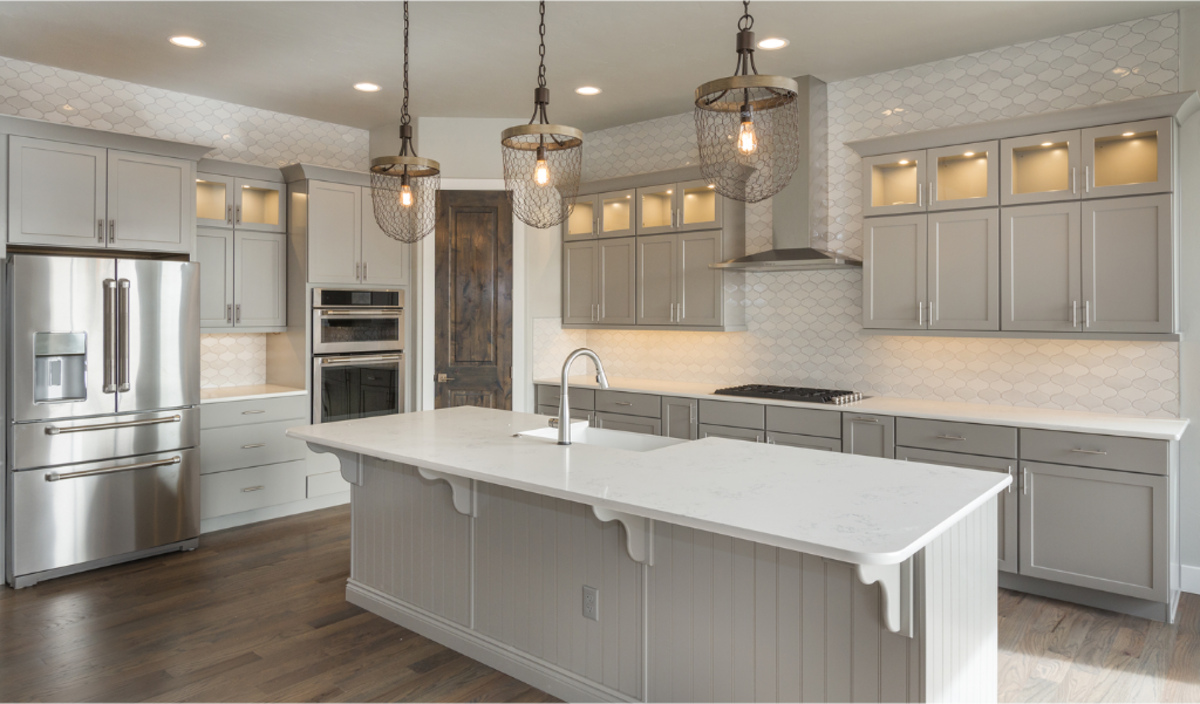

Kitchen Storage
This Chic Kitchen Renovation Features Warm Textures And Cool Tones
Modified: October 19, 2024
Discover stylish kitchen storage ideas in this chic renovation, with a perfect blend of warm textures and cool tones.
(Many of the links in this article redirect to a specific reviewed product. Your purchase of these products through affiliate links helps to generate commission for Storables.com, at no extra cost. Learn more)
Introduction
Welcome to the world of kitchen storage ideas! Whether you have a small apartment kitchen or a spacious culinary haven, finding stylish and efficient ways to store your cookware, utensils, and ingredients is essential. A well-organized kitchen not only increases functionality but also enhances the overall aesthetic appeal of the space. If you’re looking to revamp your kitchen storage, this comprehensive guide is here to help.
In this article, we will explore the concept of warm textures and cool tones in kitchen design and how these elements can transform your cooking area into a chic and inviting space. We will delve into the world of materials, color choices, lighting solutions, and practical storage techniques to create a harmonious and functional kitchen environment.
So whether you’re planning a complete kitchen renovation or just looking for some inspiration to spruce up your existing space, read on to discover how to incorporate warm textures and cool tones to achieve the kitchen of your dreams.
Key Takeaways:
- Create a harmonious kitchen by combining warm textures like wood and stone with cool tones such as blue and gray. Balance materials, colors, and lighting to achieve a visually stunning and functional space.
- Optimize kitchen functionality with smart storage solutions, quality appliances, and a well-designed work triangle. Balance style and practicality to create a beautiful and efficient cooking environment.
Warm Textures and Cool Tones: An Overview
When it comes to kitchen design, warm textures and cool tones offer a perfect balance between inviting coziness and sleek sophistication. Warm textures refer to materials or finishes that exude a sense of warmth and tactile appeal, such as wood, brass, or natural stone. On the other hand, cool tones encompass colors like blue, gray, and white that create a calming and serene atmosphere.
This combination of warm textures and cool tones can create a visually stunning kitchen space that feels welcoming and modern. It’s all about finding the right balance and harmony between contrasting elements.
By incorporating warm textures, you can add depth and character to your kitchen. Consider using wooden cabinets, countertops, or flooring to introduce a natural and rustic element. The grain and texture of wood can instantly add warmth and a touch of elegance to your kitchen design.
To complement the warm textures, cool tones can be used on the walls, cabinets, and backsplash. Shades of blue or gray create a sense of tranquility, while white provides a clean and timeless look. By using cool tones as a backdrop, you allow the warm textures to shine and become the focal point of your kitchen.
Additionally, warm textures and cool tones can be brought together through careful selection of appliances, fixtures, and accessories. Stainless steel appliances with their cool metallic sheen can harmonize well with warm wood finishes. Lighting fixtures in bronze or brass add a touch of warmth while still maintaining a modern aesthetic.
Ultimately, the combination of warm textures and cool tones creates a visually pleasing and balanced kitchen environment that is both visually appealing and functional. In the following sections, we will explore the different ways you can incorporate these elements into your kitchen to create a stunning and inviting space.
Choosing the Right Materials
When it comes to achieving the perfect balance between warm textures and cool tones in your kitchen design, selecting the right materials is key. The materials you choose will not only impact the overall aesthetic of your kitchen but also its functionality and durability.
For warm textures, consider incorporating natural materials like wood, stone, and metal. Wood has long been a popular choice for kitchen cabinets, countertops, and flooring due to its timeless and warm appeal. Opt for solid wood or wood veneer cabinets in rich tones like cherry or walnut to add warmth and character to your kitchen. Butcher block countertops made from natural wood can also be a great addition, providing a rustic and inviting surface for food preparation.
Stone materials, such as granite or marble, can introduce a luxurious and earthy feel to your kitchen. Consider using stone for countertops, backsplashes, or even as flooring to add texture and warmth. The natural patterns and colors found in stone can complement both warm and cool tones, making it a versatile option.
Metal finishes, such as brass or copper, can add an element of sophistication to your kitchen design. Incorporate these warm metallic tones in hardware, faucets, or light fixtures to create a cohesive and inviting look. The reflective surfaces of metal accents can also help brighten up the space.
For cool tones, materials like glass, stainless steel, and concrete can be excellent choices. Glass can add a sleek and modern touch to your kitchen, particularly when used for cabinet doors or backsplashes. Stainless steel appliances not only complement cool tones but also offer durability and a professional look. Concrete countertops or flooring can provide an industrial and minimalist aesthetic while maintaining a cool and understated vibe.
It’s important to consider the practical aspects of the materials as well. For example, select durable and easy-to-clean materials for countertops and flooring, especially in high-traffic areas. Additionally, take into account the level of maintenance required for each material you choose. Some materials may require sealing or regular upkeep to maintain their appearance and functionality.
By carefully selecting a combination of warm and cool materials, you can achieve a harmonious and visually appealing kitchen design. Remember to consider factors such as durability, maintenance, and functionality when making your choices.
The Power of Color
Color is a powerful tool when it comes to designing your kitchen with warm textures and cool tones. The right color choices can completely transform the look and feel of your space, creating a harmonious and inviting environment. Let’s explore how color can be used to enhance the warmth and coolness in your kitchen.
When it comes to warm textures, earthy tones like beige, brown, and terracotta can help create a cozy and welcoming atmosphere. These colors mimic the natural hues found in wood and bring a sense of warmth and comfort to your kitchen. Consider using these warm tones on the walls, cabinets, or even as accents in your kitchen accessories or upholstery.
For cool tones, shades of gray, blue, and white can create a serene and calming ambiance. Lighter shades of gray and blue can make your kitchen feel spacious and airy, while darker tones can add depth and sophistication. White, especially when used as the main color in your kitchen, provides a clean and timeless look, allowing the warm textures to stand out.
One popular design choice is to use a combination of warm and cool colors to create a balanced and visually appealing kitchen. For example, you can have warm wood cabinets paired with cool gray walls or a white backsplash with warm-toned countertops. This contrast can add visual interest and depth to your kitchen design.
In addition to walls and surfaces, consider incorporating color through your choice of kitchen accessories and decor. Add pops of color with vibrant and warm-toned kitchen utensils, small appliances, or even artwork. These accents can inject personality and a sense of warmth into your kitchen while complementing the overall color scheme.
Remember, the size and lighting of your kitchen can also impact the way colors are perceived. If you have a small kitchen, using lighter shades can create a sense of spaciousness, while darker tones might make the space feel cramped. Additionally, natural lighting can enhance the warmth or coolness of colors, so consider how much natural light your kitchen receives when selecting your color palette.
Incorporating warm textures and cool tones through color choices allows you to create a visual balance in your kitchen. Whether you choose to embrace warm, cool, or a combination of both colors, be sure to select hues that resonate with your personal style and create the ambiance you desire.
Incorporating Warm Textures
Introducing warm textures into your kitchen design can add a sense of coziness and character to the space. Here are some ideas on how to incorporate warm textures into your kitchen:
- Wooden Cabinets: Opt for solid wood cabinets or wood veneer finishes to bring a natural warmth to your kitchen. The grain and texture of the wood can add depth and visual interest to the space.
- Natural Stone Countertops: Choose countertops made from materials like granite or marble to add a touch of luxury and warmth. The natural patterns and textures will give your kitchen a unique and inviting look.
- Butcher Block Surfaces: Consider installing a butcher block countertop or adding a butcher block island to your kitchen. Not only do these surfaces offer warmth and charm, but they also provide a practical space for food preparation.
- Exposed Brick Walls: If you have a brick wall in your kitchen, consider leaving it exposed to add rustic warmth and texture. Exposed brick can be a striking focal point that instantly elevates the overall design.
- Rattan or Wicker Accents: Incorporate rattan or wicker elements into your kitchen, such as dining chairs or storage baskets. These natural materials bring a touch of warmth and a relaxed, bohemian vibe to the space.
- Warm Lighting: Choose warm-toned lighting fixtures to create a cozy and inviting ambiance. Options like filament bulbs or pendant lights with brass accents can add a warm glow to your kitchen.
- Textured Backsplash: Consider using a textured backsplash material such as subway tiles or mosaic tiles to add depth and warmth. These surfaces can create an interesting focal point and enhance the overall aesthetic of the kitchen.
When incorporating warm textures, it’s important to strike a balance with the other elements in your kitchen. Pair warm textures with cool-toned surfaces or accents to create a visually pleasing contrast. For example, you can combine wooden cabinets with a cool-toned backsplash or stainless steel appliances.
Additionally, don’t be afraid to mix different warm textures together. Combining wood, stone, and woven materials can create a layered and inviting look. Just make sure to maintain cohesion by sticking to a consistent color palette or theme.
By incorporating warm textures into your kitchen design, you can create a space that feels welcoming, cozy, and full of character. Embrace the unique qualities of different materials and explore how they can transform your kitchen into a haven of warmth and style.
Consider incorporating natural materials like wood and stone to add warmth to your kitchen renovation. Pair these with cool tones like blues and grays for a balanced and inviting space.
Using Cool Tones
Cool tones can bring a sense of tranquility and sophistication to your kitchen design. Here are some ideas on how to incorporate cool tones into your kitchen:
- Painted Cabinets: Opt for cool-toned cabinet colors such as shades of gray, blue, or white. These colors can give your kitchen a fresh and modern look while creating a serene atmosphere.
- Subway Tiles: Use cool-toned subway tiles for your backsplash. Whether it’s classic white tiles or shades of blue or gray, they can add a sleek and timeless appeal to your kitchen.
- Stainless Steel Appliances: Stainless steel appliances not only exude a cool and sleek aesthetic but also offer durability and a professional finish. They seamlessly blend with cool tones, creating a cohesive look.
- Light-colored Countertops: Consider using light-colored countertops like white quartz or light gray granite. These neutral tones provide a clean and airy look while complementing the cool color palette.
- Cool-toned Walls: Paint the walls of your kitchen in cool shades like light blue, soft gray, or crisp white. These colors can create a calming backdrop for your kitchen and make the space feel open and spacious.
- Glass Accents: Incorporate glass elements into your kitchen, such as glass cabinet doors or a glass backsplash. Glass adds a touch of sophistication and allows light to bounce around the room, enhancing the cool and airy atmosphere.
- Chrome or Nickel Hardware: Opt for cool metallic finishes like chrome or nickel for your cabinet hardware, faucets, and light fixtures. These finishes are sleek and modern, complementing the cool tones of the space.
When using cool tones, it’s important to create a balance with the other elements in your kitchen. Pair cool-toned surfaces with warm textures or accents to add depth and visual interest. For instance, you can combine cool-toned cabinets with a warm wood countertop or incorporate warm-colored accessories to contrast with the cool color palette.
Don’t be afraid to experiment with different shades and textures within the cool tone spectrum. Mixing various shades of blue or gray can create a layered and dynamic look. Play with contrasts, such as pairing light blue walls with dark gray cabinets, to make your kitchen design truly stand out.
Remember to pay attention to lighting as well. Cool tones can be enhanced by natural light or by incorporating cool-toned lighting fixtures. Whether it’s recessed lighting, pendant lights, or under-cabinet lighting, choose bulbs with a cool color temperature to maintain the desired ambiance.
By incorporating cool tones into your kitchen design, you can create a space that feels calm, sophisticated, and visually appealing. Explore the vast range of cool-colored finishes and materials available to find the perfect combination to suit your style and elevate your kitchen’s overall aesthetic.
Lighting Solutions
Lighting plays a crucial role in creating the desired ambiance and functionality in your kitchen. When it comes to incorporating warm textures and cool tones, lighting solutions can enhance the overall look and feel of the space. Here are some lighting ideas to consider for your kitchen:
- Ambient Lighting: Ambient lighting refers to the overall, general lighting in the room. Use recessed ceiling lights or a central pendant light to provide adequate illumination throughout the kitchen. Choose LED bulbs with a warm color temperature to create a cozy and inviting atmosphere.
- Task Lighting: Task lighting is essential for specific areas in the kitchen where focused illumination is needed, such as the countertops, cooking area, or sink. Install under-cabinet lighting to brighten these areas and provide sufficient light for food preparation and cooking tasks. LED strip lights or puck lights are excellent options for task lighting, as they offer a cool and bright light source.
- Accent Lighting: Accent lighting is used to highlight specific features or elements in your kitchen design. Incorporate accent lighting to showcase textured backsplashes, open shelving, or artwork. Consider using adjustable track lighting or recessed spotlights to draw attention to these focal points.
- Pendant Lights: Pendant lights are not only functional but also a stylish addition to your kitchen. Hang pendant lights above the kitchen island or dining area to create a focal point and add warmth and personality. Choose pendant lights with warm-toned materials, such as metal with brass accents or glass shades in warm colors.
- Natural Light: Maximize the use of natural light in your kitchen by incorporating large windows or skylights. Natural light adds warmth and brings out the true colors of materials and finishes. Keep window treatments minimal to allow ample sunlight to enter the space.
- Dimmer Switches: Install dimmer switches for your kitchen lighting to create adjustable levels of brightness. This allows you to customize the lighting ambiance based on your specific needs or the time of day. Dimming the lights can create a cozy and intimate atmosphere for evening gatherings or a relaxing dinner.
When planning your lighting layout, it’s important to consider the functionality and aesthetics of your kitchen. Strategically placed lighting can highlight architectural features, enhance the warm tones and textures, and create a welcoming environment.
Experiment with different lighting combinations and layering techniques to achieve the desired effect. Mixing ambient, task, and accent lighting can create a balanced and visually dynamic kitchen space. Additionally, combine warm-toned bulbs with cool-toned fixtures to add depth and contrast to the overall lighting design.
Remember, lighting is not only functional but also an opportunity to add style and flair to your kitchen. Don’t be afraid to choose lighting fixtures that reflect your personal taste and complement the warm textures and cool tones of your kitchen design.
Enhancing Functionality in the Kitchen
Creating a kitchen that is both stylish and functional is key to maximizing its potential. Here are some tips for enhancing functionality in your kitchen:
- Optimize Storage Space: Proper storage is crucial for an organized and efficient kitchen. Consider installing custom cabinets or utilizing modular storage solutions to maximize every inch of space. Incorporate drawers, pull-out shelves, and vertical storage racks to keep your kitchen essentials easily accessible.
- Install a Kitchen Island: A kitchen island provides additional workspace and storage. It can serve as a food preparation area, a breakfast bar, or even a gathering spot for family and friends. Depending on the available space, choose an island design that suits your needs, and consider adding built-in shelves or cabinets for extra storage.
- Use Drawer Organizers: To keep your utensils, cutlery, and small kitchen accessories organized, invest in drawer organizers. These practical solutions help maximize drawer space and make it easier to find and access the items you need.
- Utilize Wall Space: Take advantage of vertical space by installing wall-mounted shelves or hanging racks. These can be used to store pots, pans, and frequently used tools, freeing up cabinet space and keeping your kitchen well-organized.
- Consider Open Shelving: Open shelving can add a sense of openness and accessibility to your kitchen. Display your most beautiful and frequently used dishes, glasses, and cookbooks. Just be sure to keep the shelves neat and organized to maintain a visually pleasing look.
- Invest in Quality Appliances: Quality appliances not only enhance functionality but also improve the overall cooking experience. Look for energy-efficient appliances that offer modern features and ample storage capacity. Consider your cooking needs and choose appliances that will make meal preparation and clean-up easier and more efficient.
- Design a Functional Work Triangle: The work triangle is the imaginary line connecting the sink, stove, and refrigerator. When designing your kitchen layout, ensure that these three essential work areas are easily accessible and in close proximity to one another. This allows for smooth and efficient movement while preparing meals.
- Install Adequate Lighting: Good lighting is essential for a functional kitchen. Ensure that your workspace is well-lit by incorporating task lighting under cabinets and pendant lights above work areas. This will improve visibility and make cooking and meal preparation more enjoyable.
By following these tips, you can create a kitchen that not only looks beautiful but also functions effortlessly. The key is to strike a balance between aesthetics and practicality, optimizing storage and workspace while maintaining a visually appealing design.
Remember to consider your personal cooking habits and needs when designing and organizing your kitchen. Customizing the space to fit your lifestyle will result in a more efficient and enjoyable cooking environment.
Conclusion
Congratulations! You are now equipped with a wealth of knowledge on how to incorporate warm textures and cool tones into your kitchen design while enhancing its functionality. By implementing the ideas and suggestions provided in this article, you can create a stunning and inviting kitchen space.
Remember, warm textures such as wood, stone, and metal can add character and coziness to your kitchen. Combine these with cool-toned elements like painted cabinets, glass accents, and stainless steel appliances to create a balanced and aesthetically pleasing design.
Through thoughtful material selections, color choices, lighting solutions, and practical storage techniques, you can transform your kitchen into an efficient and harmonious space. From choosing the right materials to optimizing storage and maximizing functionality, every detail counts in creating your dream kitchen.
As you embark on your kitchen renovation journey, let your creativity and personal style shine through. Experiment with different textures, colors, and lighting to achieve the look and feel that resonates with you. Your kitchen should be a reflection of your unique personality and a space that you enjoy spending time in.
Don’t forget to balance style and functionality. Incorporate storage solutions, utilize efficient work triangles, and invest in quality appliances to optimize the functionality of your kitchen. A well-designed kitchen not only looks good but also works seamlessly to accommodate your cooking needs.
By following these guidelines and infusing your own personal touch, you can create a kitchen that not only meets your storage and organizational needs but also becomes the heart of your home—a place where you can gather with loved ones, create delicious meals, and make lasting memories.
So go ahead, let your creativity soar, and start bringing your dream kitchen to life!
Frequently Asked Questions about This Chic Kitchen Renovation Features Warm Textures And Cool Tones
Was this page helpful?
At Storables.com, we guarantee accurate and reliable information. Our content, validated by Expert Board Contributors, is crafted following stringent Editorial Policies. We're committed to providing you with well-researched, expert-backed insights for all your informational needs.
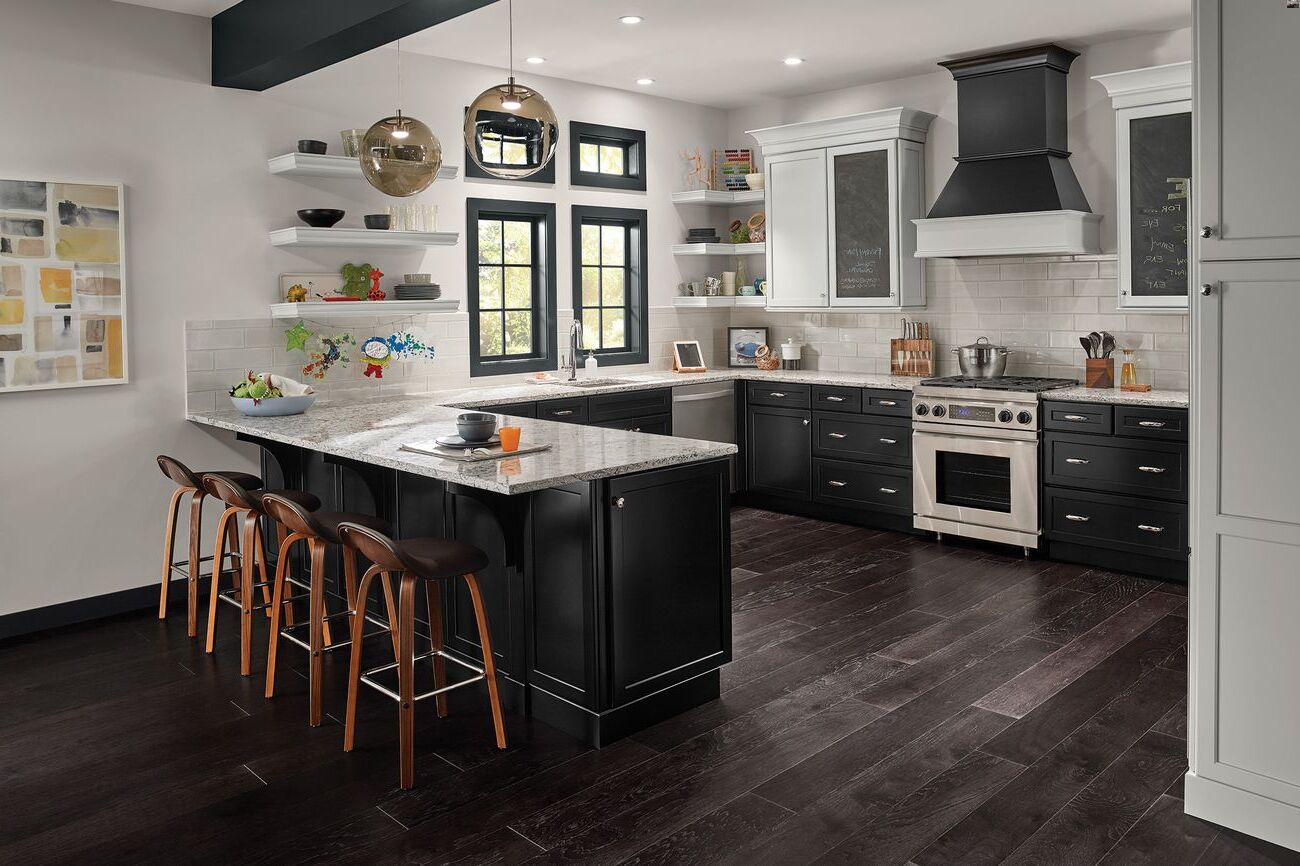
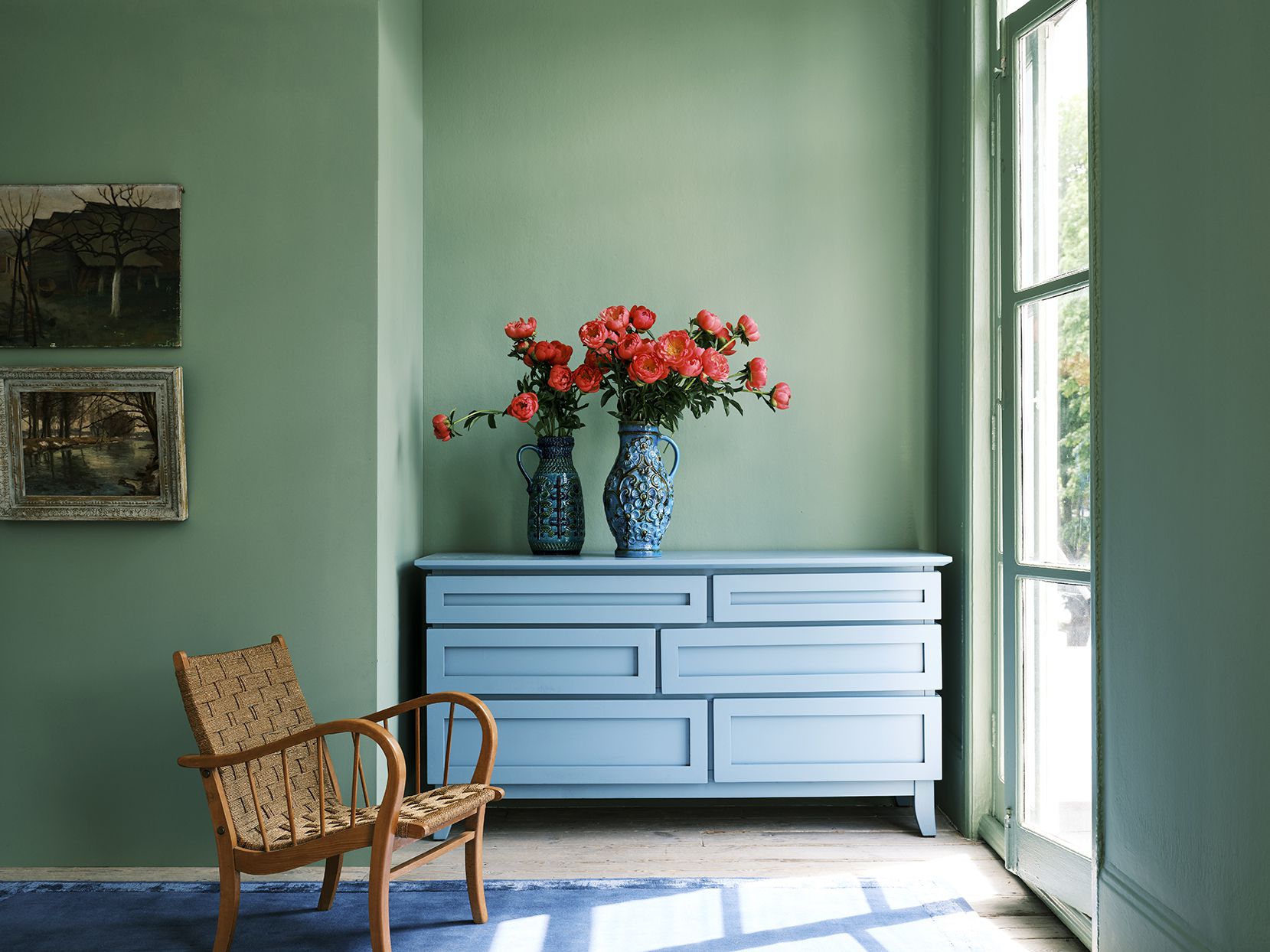
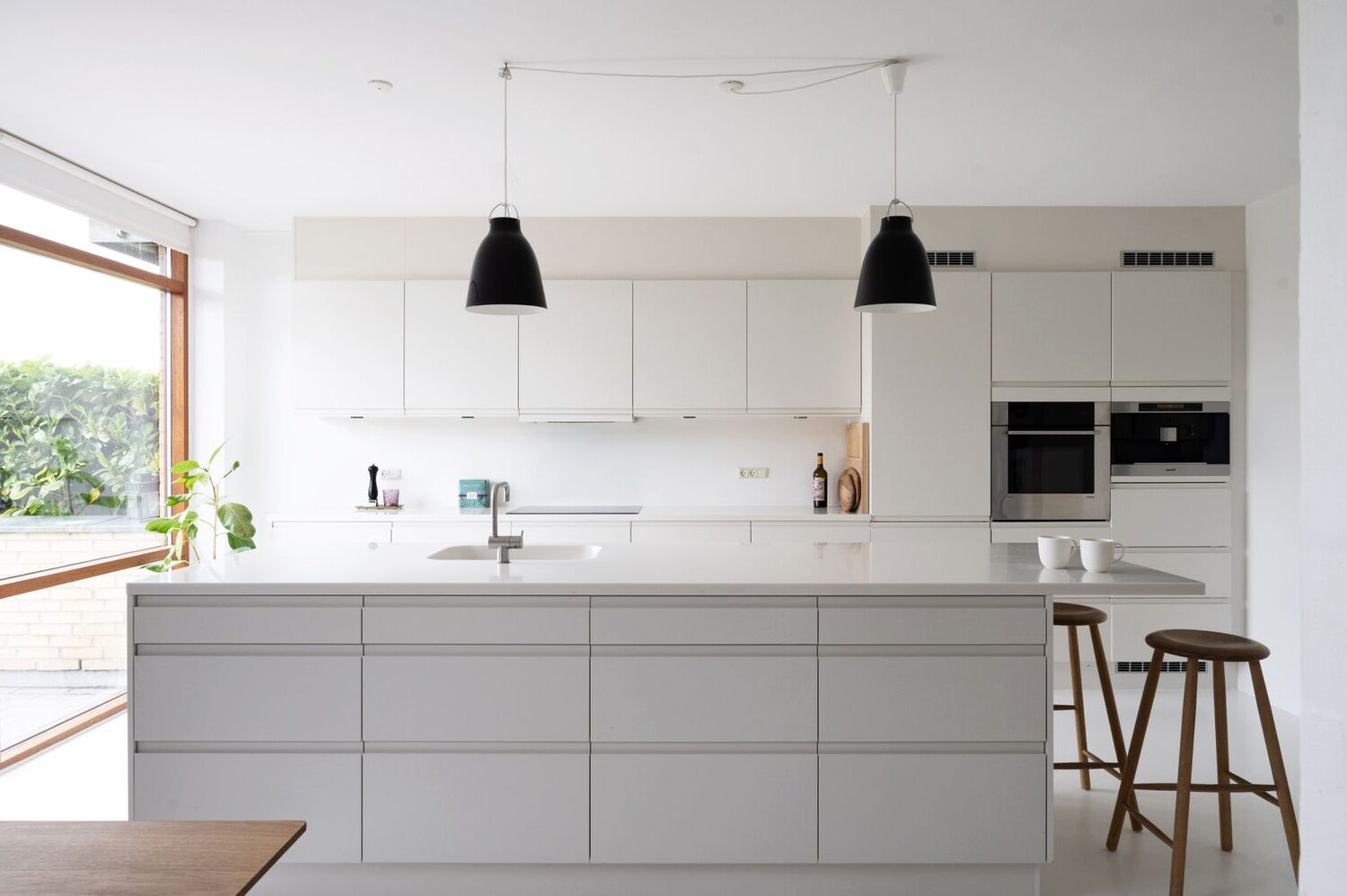
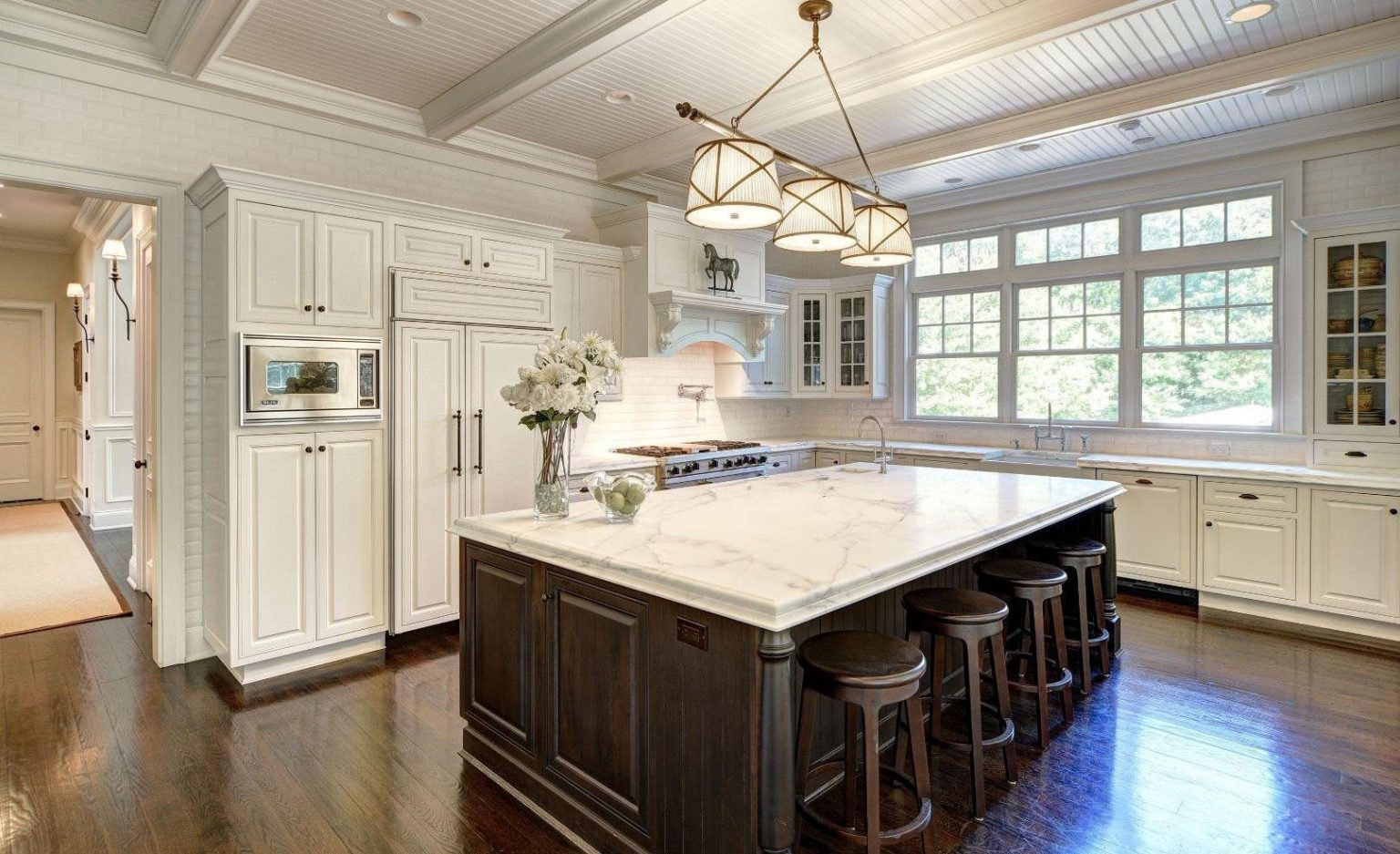
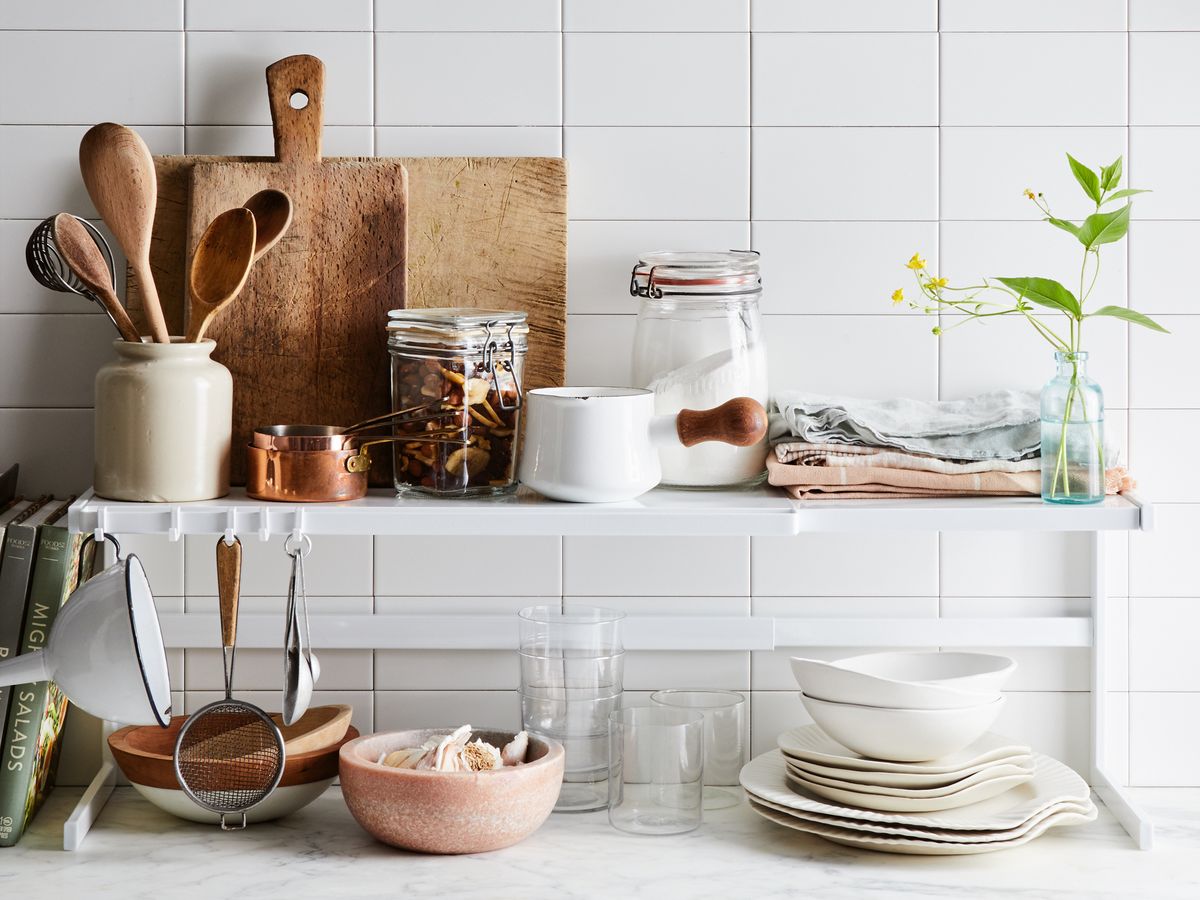
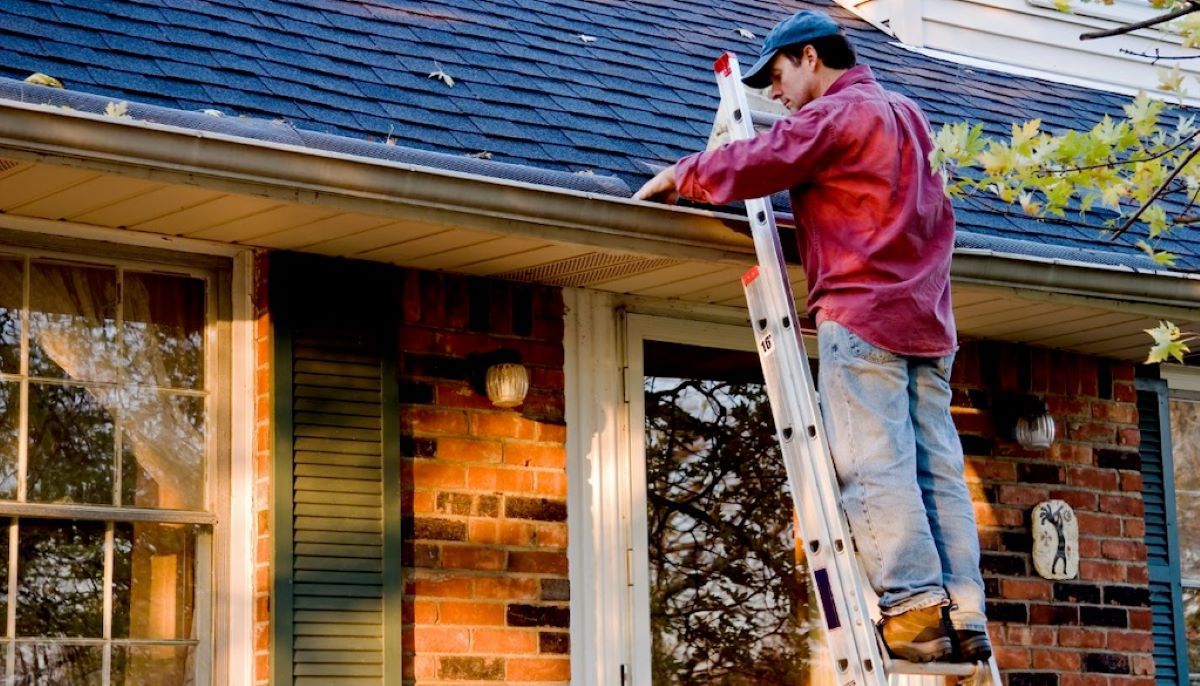
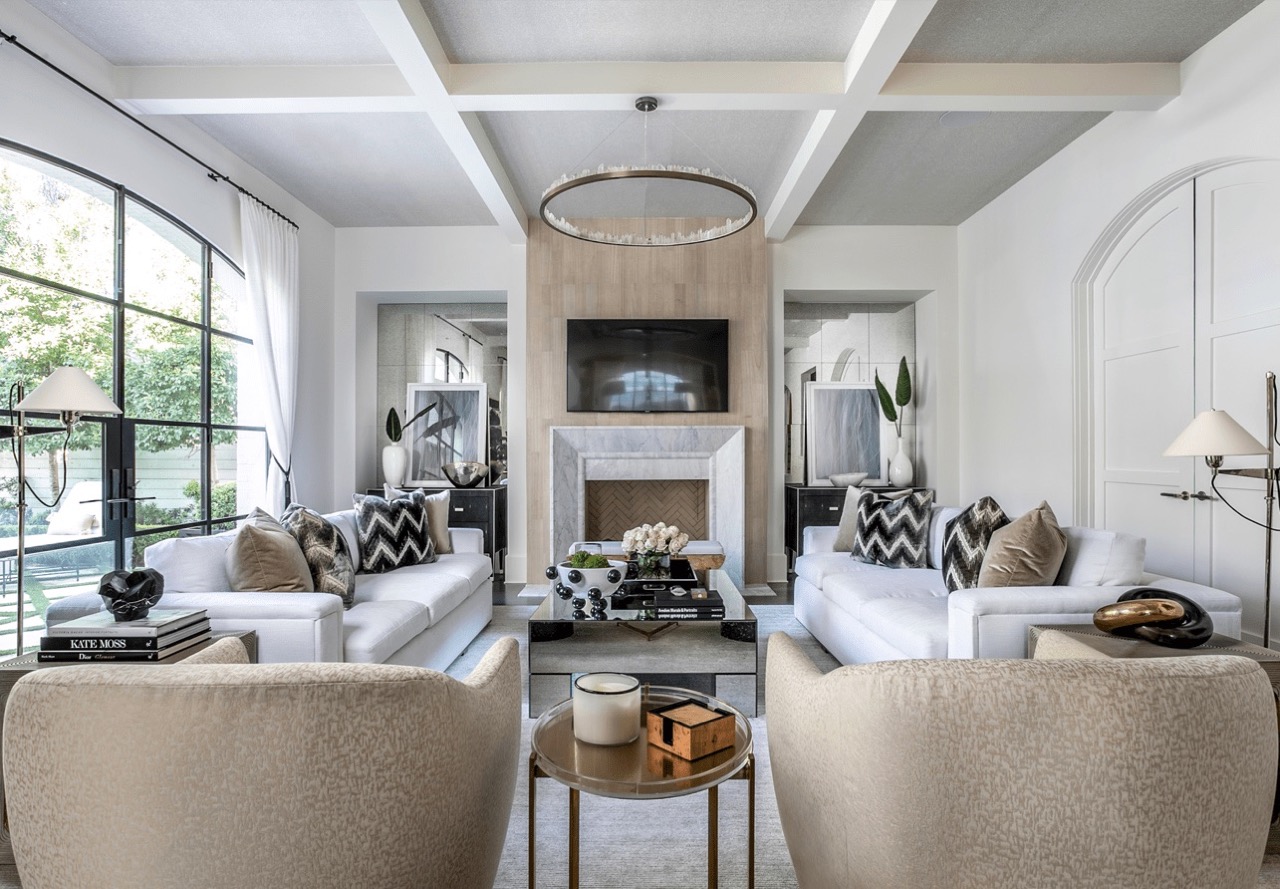
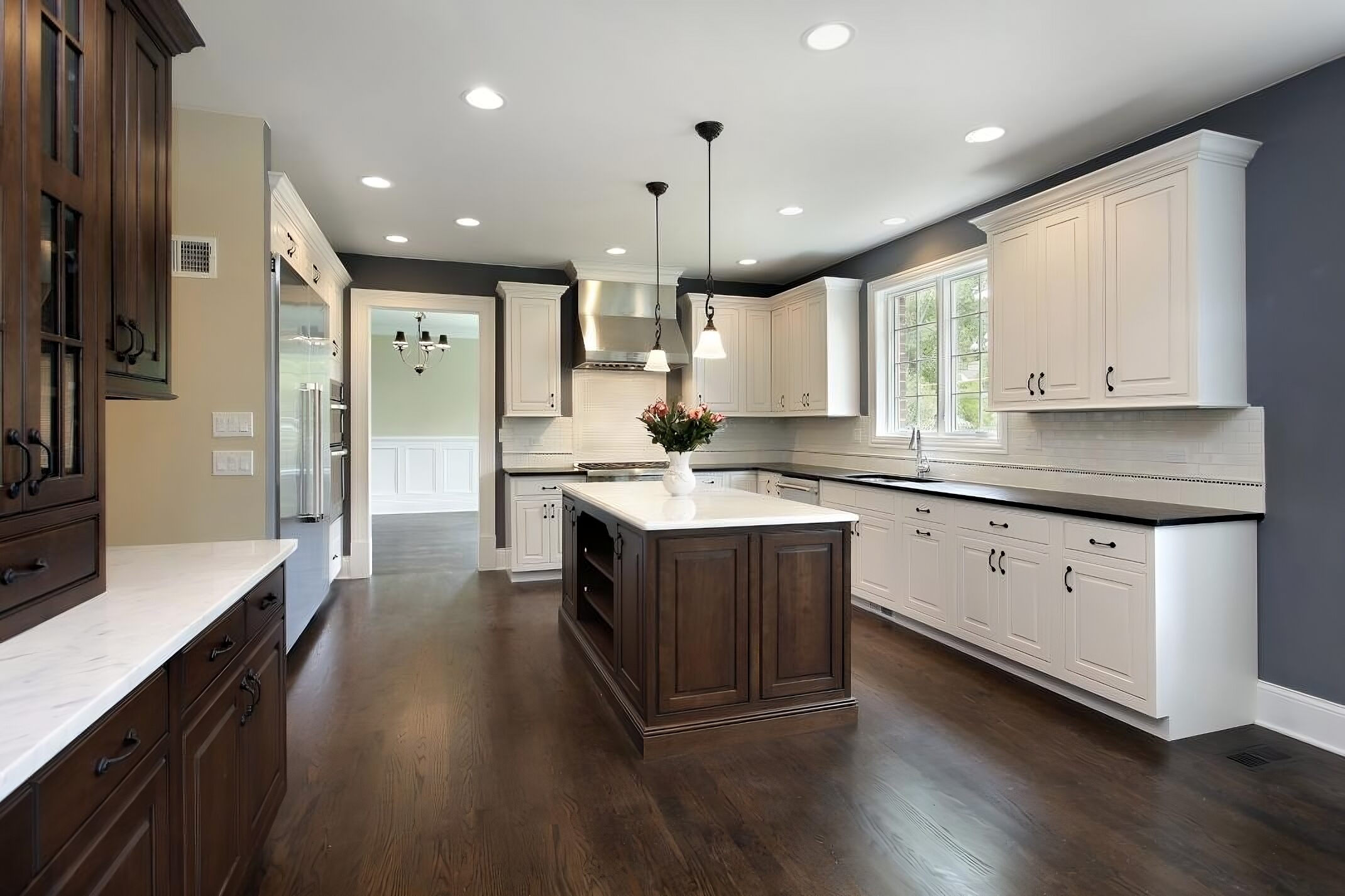
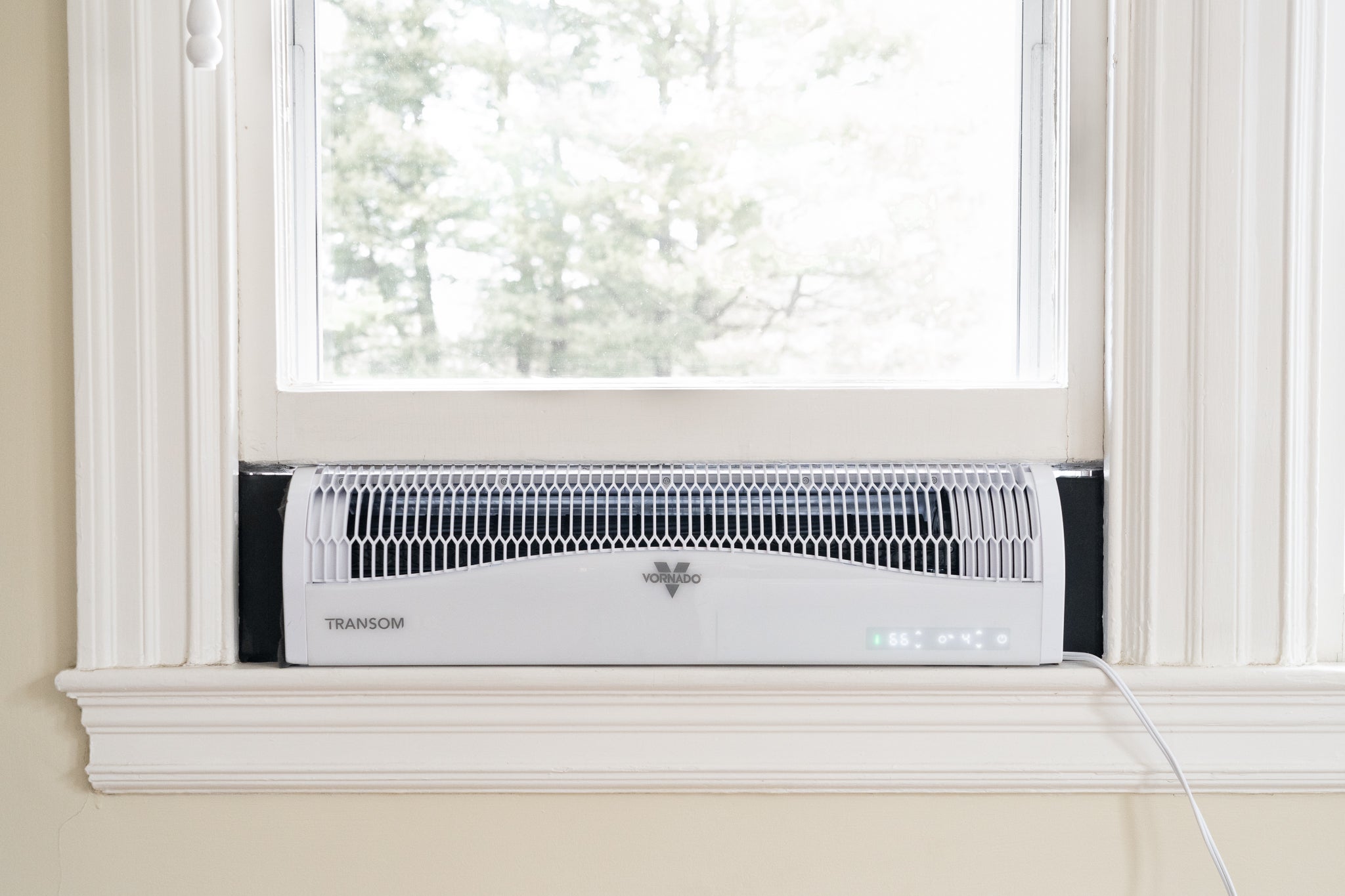

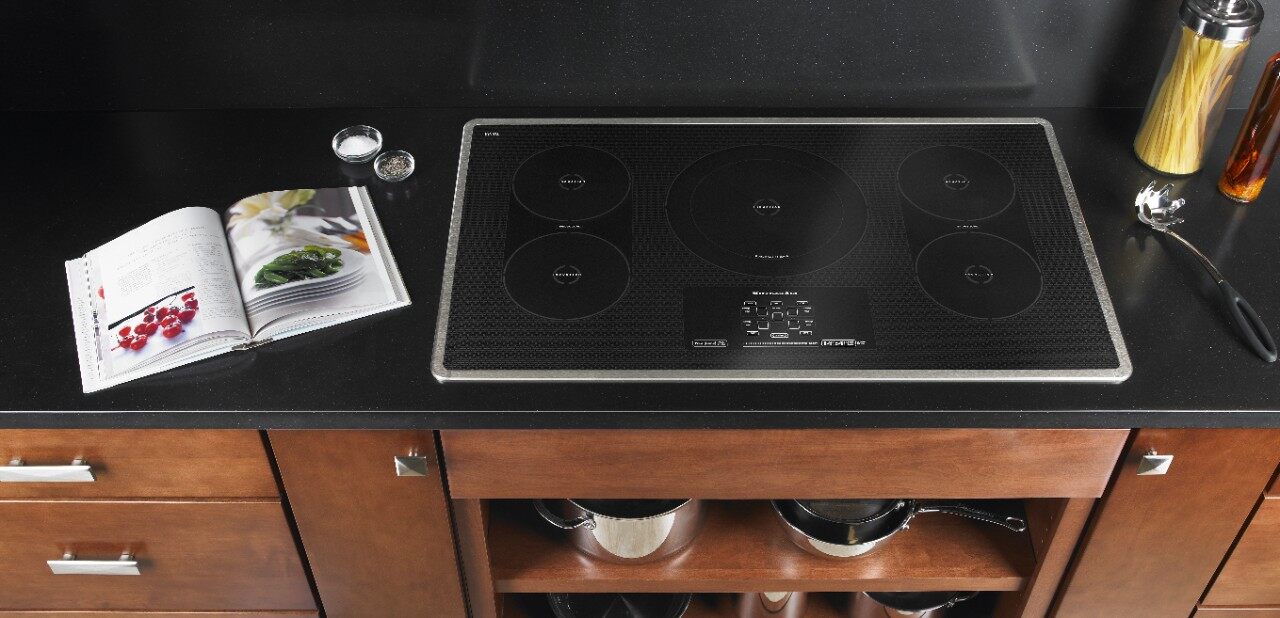
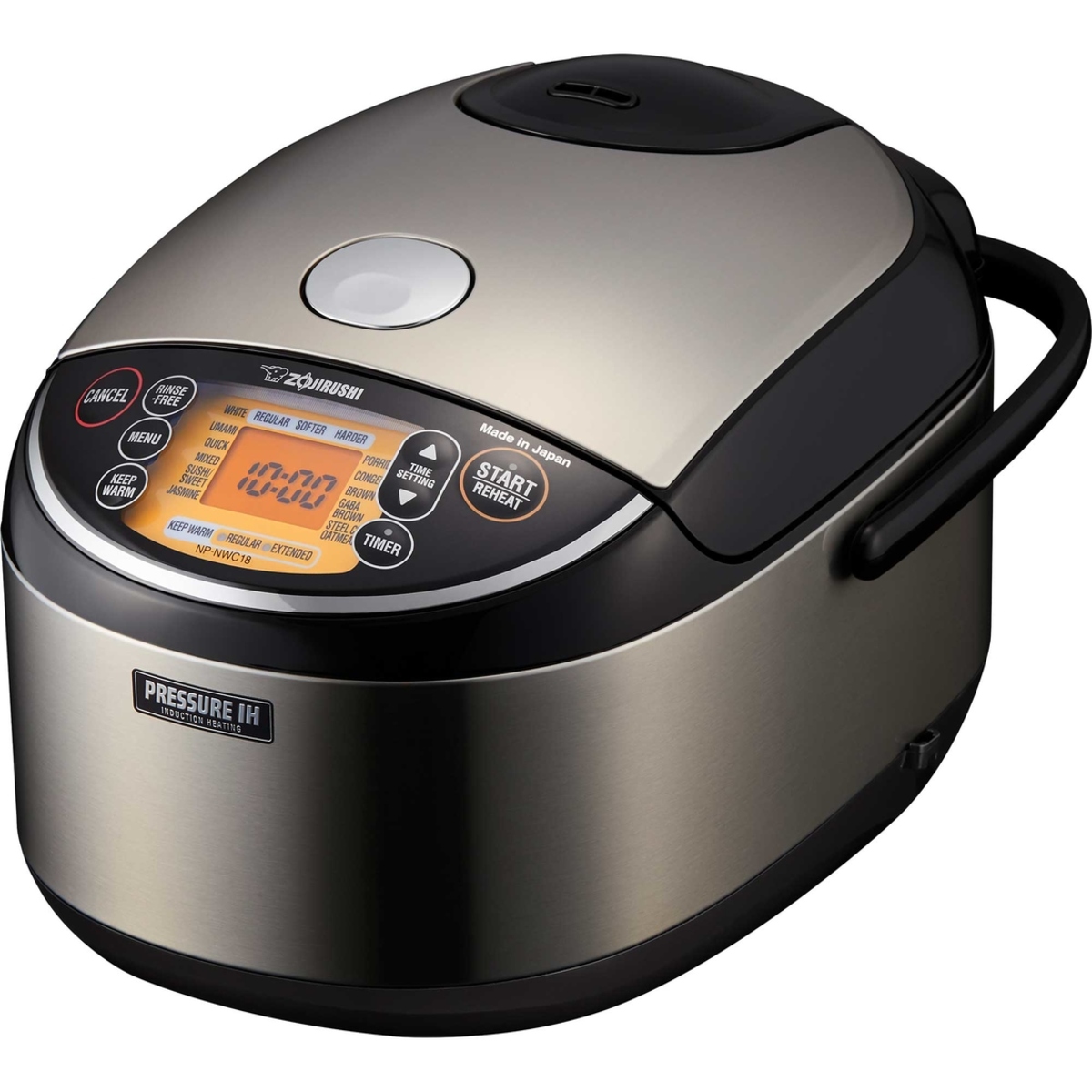
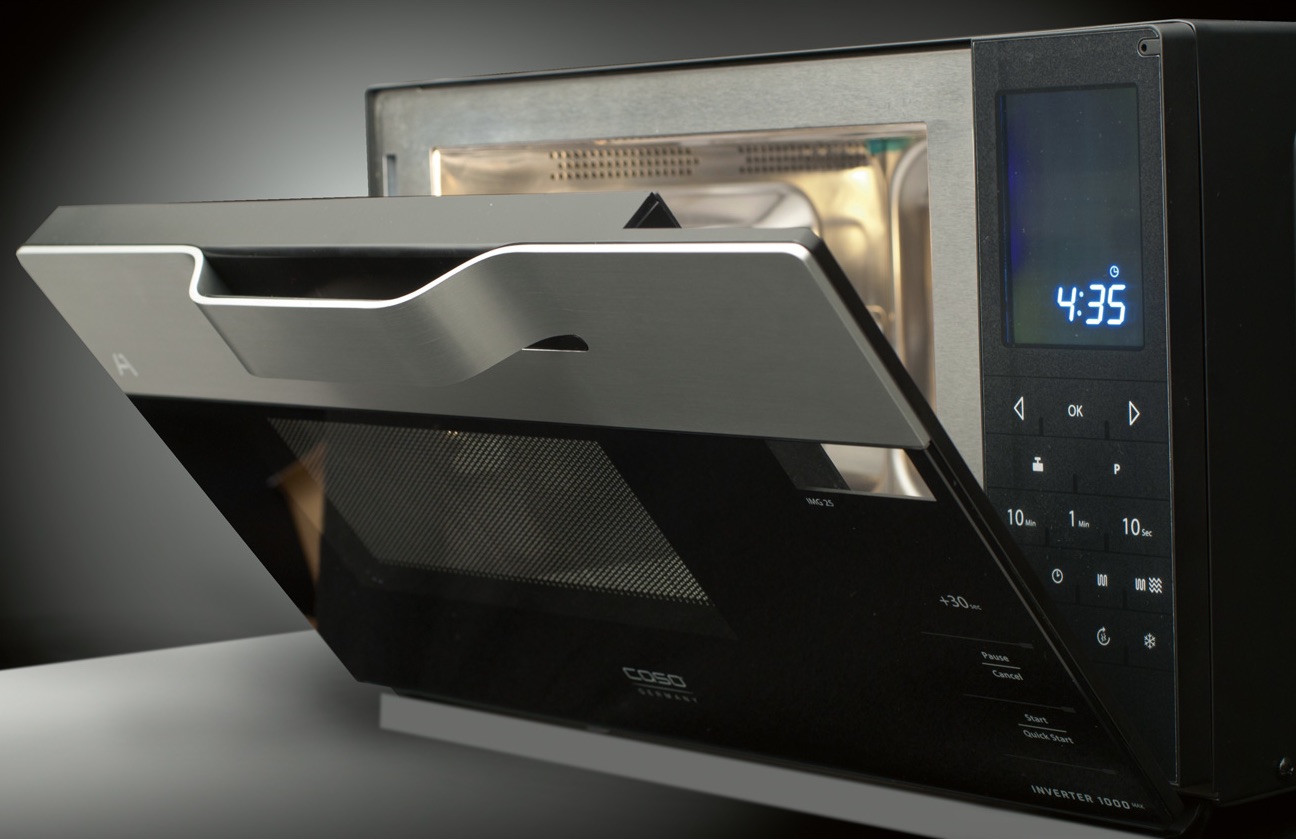


0 thoughts on “This Chic Kitchen Renovation Features Warm Textures And Cool Tones”